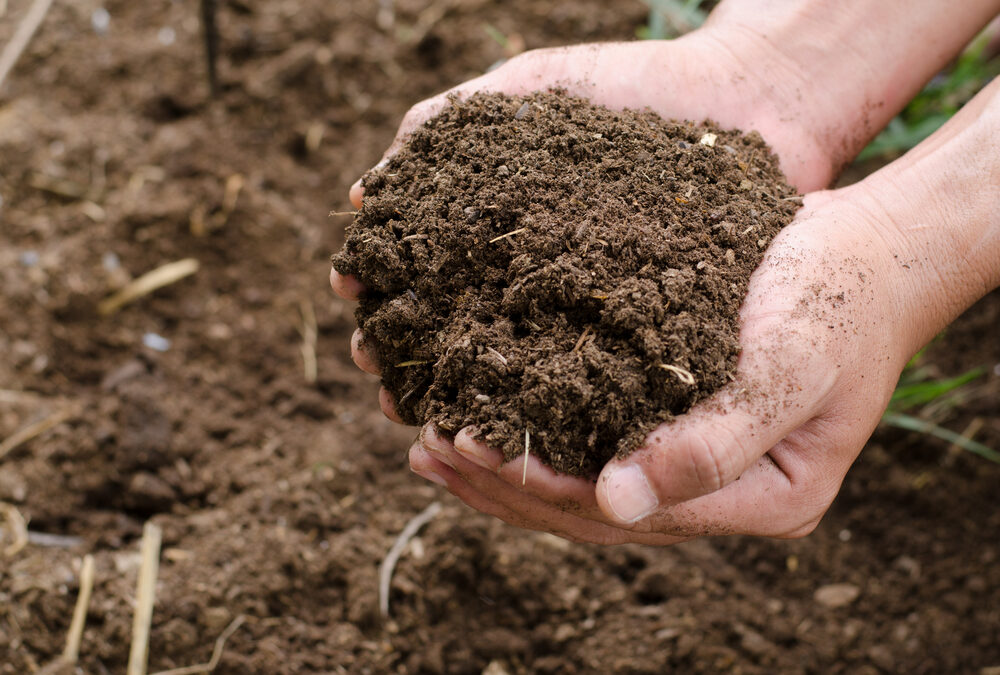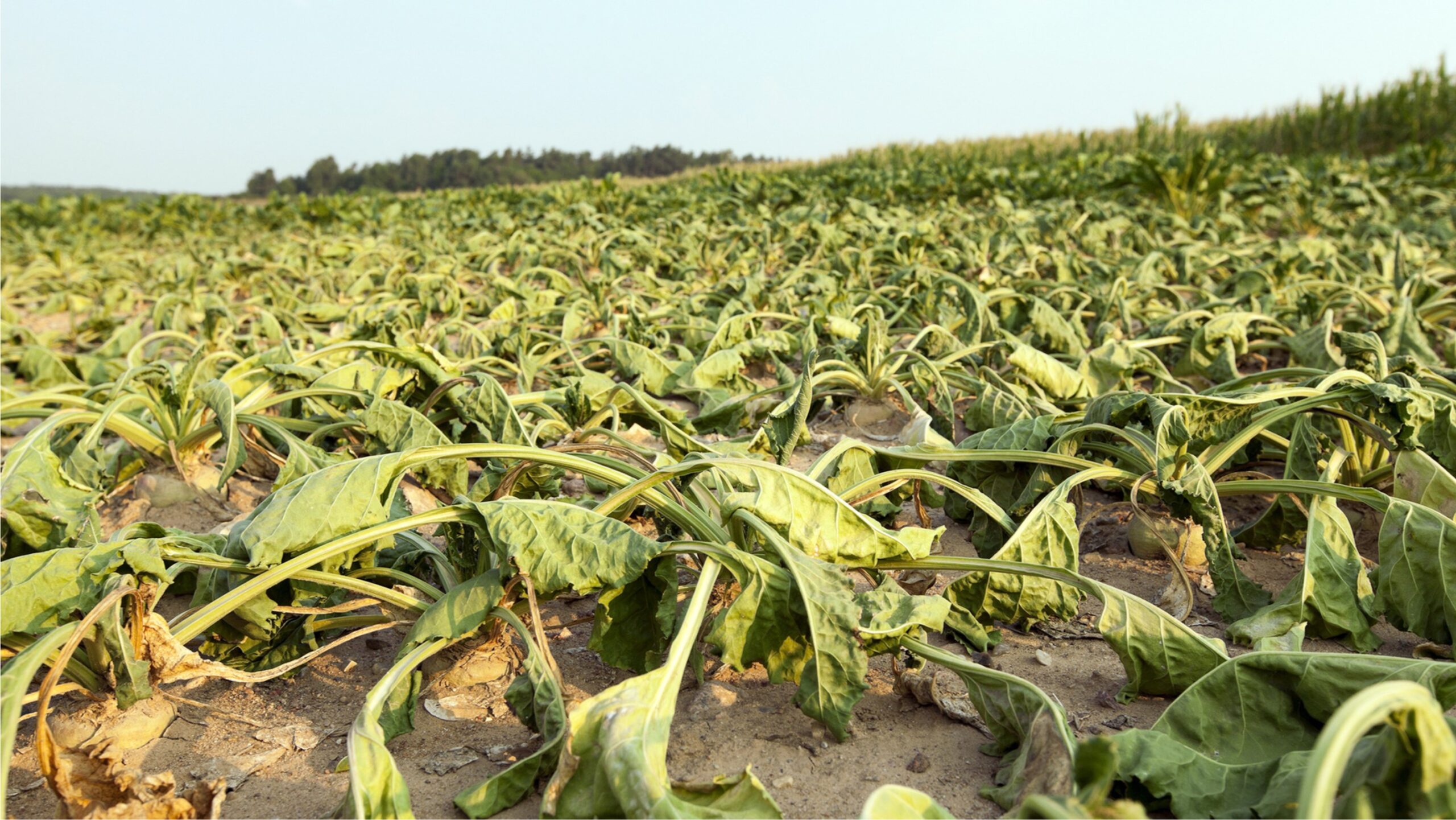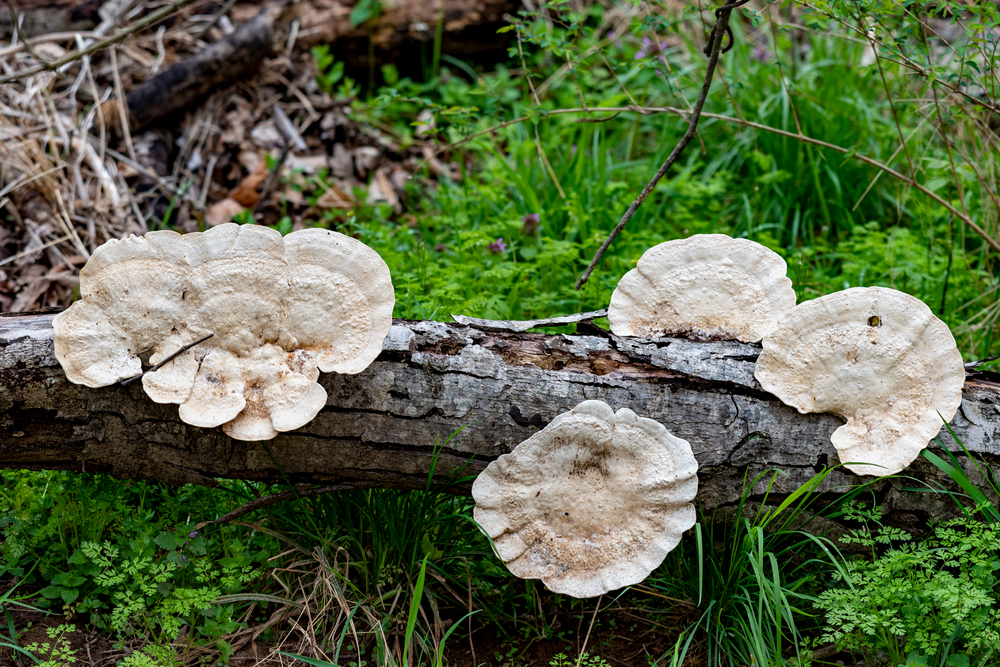
by Deac Jones | Sep 8, 2021 | News
Our drought continues to challenge our daily farming practices. Finding new and advanced ways that can save water can add up. When we flush our irrigation lines or sand filters there’s a tremendous waste of water. By reducing this practice and making it more efficient, we can save money. In addition, spending labor dollars on cleaning filters, screens, regulators, etc. is a less productive task than other priorities on the farm. I’ve mentioned our bio-catalyst product in previous newsletters but thought it was particularly important this season given the high mineral content of our water in drought conditions. As we’re avid promoters of soil health, the product must enhance soil biology versus destroy it.

by Deac Jones | Aug 10, 2021 | News
I think the easiest way to think about soil biology is to think about our own gut microbiome. As defined by molecular biologist Joshua Lederberg, the gut biome is the totality of microorganisms — bacteria, viruses, protozoa, and fungi — and their collective genetic material present in the gastrointestinal tract (GIT). Hey, wait a minute, that sounds like a soil profile! Furthermore, when we have a broken or impaired GIT, it impacts our total health. This is no different from how poor soil health impacts the total health of the plant. It’s really that simple.

by Deac Jones | Jul 29, 2021 | News
There is considerable discussion in the market about new regulations coming out of the California Department of Food and Agriculture requiring less use of nitrogen on crops. While this can be disturbing news for many growers, the fact is there are a host of ways to get more from less in nitrogen applications, and we’ve been doing it for years.

by Deac Jones | Jun 29, 2021 | News
When plants are exposed to environmental stresses like drought and elevated temperatures, they produce reactive oxygen species (ROS) in response. This is problematic, as these excited ROS molecules cause the oxidation of cellular biomolecules such as nucleic acids, proteins and lipids, and they eventually destroy the cellular structure. Simply put, the plant begins to break down. However, when plants start to accumulate ROS, they respond by producing significant secondary metabolites to counter the ROS and head off the breakdown. Secondary metabolites are organic compounds which are not primarily involved in the plant development but accomplish specific functions under specified situations, for example, stress conditions.

by Deac Jones | Jun 8, 2021 | News
Fungi’s impact on agriculture will continue to make great strides as we learn how to harness the capabilities of this unique resource. I think we’ll continue to see fungi play an expanding role in crop enhancement, whether that’s improving the composition of soils, mitigating soil toxins, acting as a pesticide, promoting root expansion or accessing greater quantities of water and nutrients.
Taking a deeper dive into white rot fungi, it’s documented that they produce unique extracellular oxidative enzymes that degrade lignin, as well as related compounds found in explosive contaminated materials, pesticides, and toxic wastes. All white rot fungi are basidiomycetes, a fungal group that includes edible mushrooms as well as plant pathogens such as smuts and rust. The white rot fungus that has been intensely studied is Phanerochaete chrysosporium.






